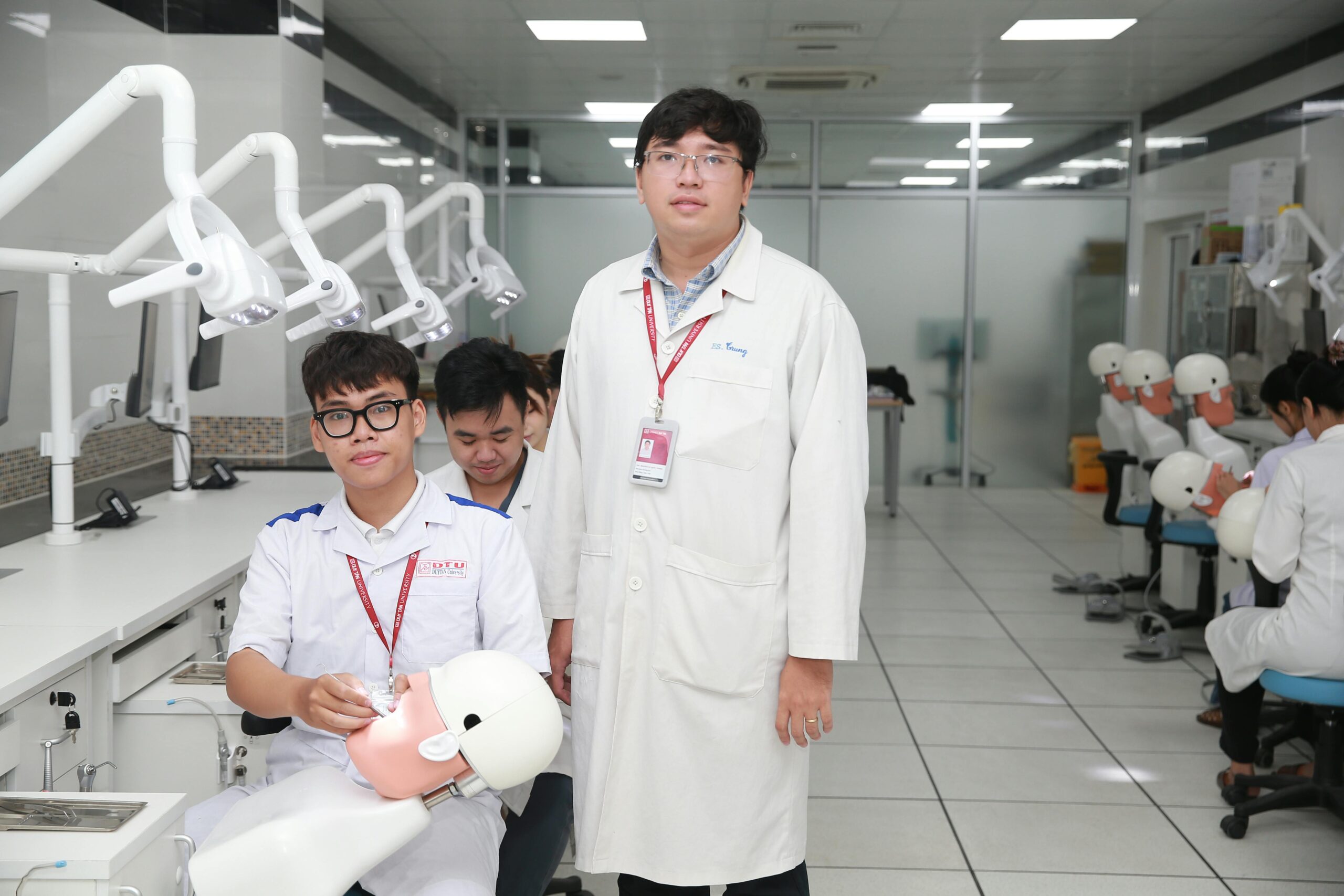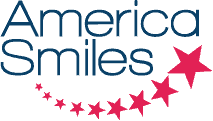Knowing when to expand your dental lab team—and how to do it—can significantly impact your efficiency and profitability. Whether you’re scaling operations, adding services, or simply trying to reduce burnout, the key is identifying the right growth strategy for your team. Should you cross-train current employees, hire new ones, or outsource certain functions? Making the right decision at the right time helps control costs, maintain quality, and meet growing demand without unnecessary stress or inefficiency.
Evaluate Capacity and Workflow Bottlenecks
Start by identifying where your current workflow is breaking down. Are cases consistently delayed in a specific department? Are your techs stretched too thin to take on new clients? Regularly reviewing turnaround times, remake rates, and technician bandwidth can help you identify where extra support is most needed. Watch for early warning signs like increased errors, missed deadlines, or team burnout. Data-driven decisions here will help you build a staffing plan that targets the right problem, not just the most visible one.
Cross-Train When You Want Flexibility
If your team is small but capable, cross-training may be the best first step. Teaching team members to handle more than one function increases resilience during busy times or staff absences. For example, training a CAD designer to assist in model finishing during downtime helps fill workflow gaps without adding headcount. Cross-training builds a more agile team, improves morale by expanding skillsets, and can reduce the need for short-term hiring when case volumes fluctuate.

Hire When Demand Is Consistent
When you’re seeing long-term growth or repeated overcapacity in specific areas—such as design, customer service, or staining—it may be time to hire. The key is consistency: if the workload stays high for more than a few months, a full-time role could be more cost-effective than ongoing overtime or outsourcing. Hiring also allows you to build internal expertise and control, which is essential for labs focused on long-term scalability and quality assurance. Be strategic—hire where the greatest ROI or impact will be felt.
Outsource for Specialized or Infrequent Tasks
Some roles don’t need to be in-house. If you only need design support occasionally or want to offer a service like clear aligners without building the infrastructure, outsourcing is a smart move. Many AmericaSmiles labs lean on our network for milling, design, and marketing support to expand capacity without the overhead of new hires. Outsourcing allows you to test new services, manage fluctuating workloads, and focus your core team on what they do best—all while keeping your costs predictable.
Plan for Onboarding and Retention
Hiring is only the beginning. If you do bring in a new technician or support staff member, ensure that you have a structured onboarding process in place. Set clear expectations, provide the necessary tools and training, and establish a path for long-term growth. A new hire’s first few weeks set the tone for retention. Encourage mentorship, provide consistent feedback, and build a positive culture to retain talent and avoid the cost of constant turnover.
The Bottom Line
There’s no one-size-fits-all approach to lab staffing. By regularly evaluating your lab’s capacity and aligning your decisions with long-term goals, you can build a team that’s both agile and efficient. Whether through cross-training, hiring, or strategic outsourcing, the right move depends on where your lab is—and where you want it to go. Strategic team growth isn’t about adding bodies—it’s about strengthening your foundation for sustainable success.


